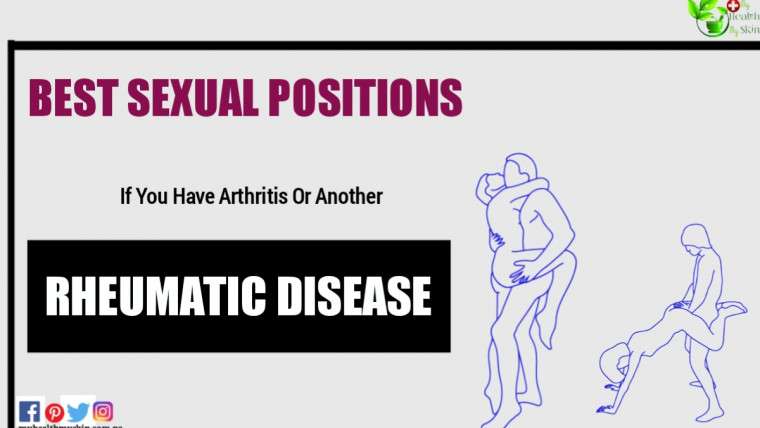Epidural injections
Epidural injections are simple, non-invasive, and non-surgical procedures used to combat back and / or leg pain.
The medication inside will vary for each patient, but will often include some type of steroid.
Its use for pain relief has become quite common in the medical world and is sometimes used in conjunction with other solutions to reduce a patient’s discomfort.
This intervention offers temporary relief, which can vary from a week to a full year. As such, it is a valuable treatment option for people suffering from acute episodes of pain.
Types of epidural injections
While the medication within these injections can vary, the types are based on the target area of pain. As they are used primarily to relieve back and / or leg pain, the different injections have adopted names based on these locations:
- Cervical epidural injection (neck, shoulders, head and arms).
- Thoracic epidural injection (middle back).
- Lumbar epidural injection (lower back, buttocks and legs).
Conditions that are treated with epidural injections
Although predominantly used for back and / or leg pain, epidural injections work as a treatment method for specific ailments that cause this type of discomfort, including:
- Sciatica.
- Inflammation.
- Spinal stenosis
- Herniated disc.
- Pinched nerve.
Epidural injections for back pain
The epidural steroid injection is a type of injection in which the cortisone is supplied to the outermost section of the spine, called epidural space. It is used in the treatment of nerve pains that radiate in the lower back, in the middle of the back or neck.
Cortisone is a type of steroid produced naturally by the adrenal gland, which is released at times of stress.
The steroid suppresses the immune system and, in doing so, reduces inflammation and associated pain.
Although natural cortisone has relatively short action, the type used for an epidural injection is artificial and can last from a week to months.
Unlike a systemic cortisone injection in the bloodstream, an epidural injection is applied to the sources of the pain in the nerve or near them, providing a directed relief.
It is usually used to treat the pain associated with the compression of the nerve root in the column, such as caused by a herniated disc, bone spur, compression fracture, annular laceration, degenerative disease of the disk or spinal stenosis.
Epidural steroid injections are not used to treat muscle pain in the back, but rather to relieve nervous pain caused by the compression of the spinal nerve. It can be used to treat the pain that radiates from the neck to the arm (cervical radiculopathy), from the middle of the back to the thorax (thoracic radiculopathy) or the lumbar region of the leg (known as sciatica or radiculopathy “Compressed nerve” is the term commonly used to describe the condition.
Profits
The nature of an epidural injection allows it to be a more effective pain reliever for treating back and / or leg pain.
This is because the procedure allows the medication to focus directly on the source of the pain, rather than traditional pain relievers and oral steroids that do not work in a specific area.
The way it is applied also means that the drug will act faster than traditional pain relievers and oral steroids, which also need to be digested before their effects can begin.
What happens during an epidural injection procedure?
Before the intervention, your health experts will carry out an examination of the patient to determine their condition and the origin of their back and / or leg pain. During this process, your doctor will determine the best treatment plan for you and your pain.
Following needle insertion, your healthcare expert will target the epidural space near the spine of the target pain site. The drug is released into this area rather than the actual spinal cord, which is a common misconception about the procedure that many have. Once the medicine is released into this space, it will activate and immediately begin to relieve the patient of their pain.
Risks and side effects
The procedure lasts approximately 30 minutes and is completely safe for the patient. Once completed, it is not uncommon to experience temporary side effects such as headaches, numbness, or a tingling sensation in the extremities.
In rare cases, patients may develop an allergic reaction to one of the compounds within the injected medication that would lead to itching, a drop in blood pressure, wheezing, and swelling.
After the procedure, patients will be monitored for a short period of time where they will rest before going home. They can resume their normal eating habits without worry, but it is recommended that they rest for the rest of the day before resuming their regular activities.







